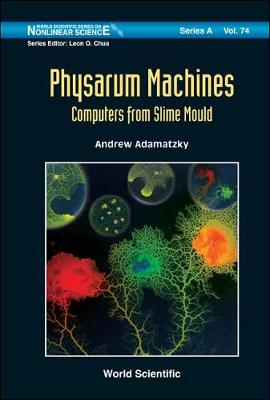World Scientific Series on Nonlinear Science Series A
2 primary works
Book 54
Dynamics Of Crowd-minds: Patterns Of Irrationality In Emotions, Beliefs And Actions
by Andrew Adamatzky
Published 1 January 2005
A crowd-mind emerges when formation of a crowd causes fusion of individual minds into one collective mind. Members of the crowd lose their individuality. The deindividuation leads to derationalization: emotional, impulsive and irrational behavior, self-catalytic activities, memory impairment, perceptual distortion, hyper-responsiveness, and distortion of traditional forms and structures. This book presents unique results of computational studies on cognitive and affective space-time processes in large-scale collectives of abstract agents being far from mental equilibrium. Computational experiments demonstrate that the irrational and nonsensical behavior of individual entities of crowd-mind results in complex, rich and non-trivial spatio-temporal dynamics of the agent collectives. Mathematical methods employ theory and techniques of cellular-automata and lattice swarms, applied algebra, theory of finite automata and Markov chains, and elementary differential equations.
Book 74
A Physarum machine is a programmable amorphous biological computer experimentally implemented in the vegetative state of true slime mould Physarum polycephalum. It comprises an amorphous yellowish mass with networks of protoplasmic veins, programmed by spatial configurations of attracting and repelling gradients.This book demonstrates how to create experimental Physarum machines for computational geometry and optimization, distributed manipulation and transportation, and general-purpose computation. Being very cheap to make and easy to maintain, the machine also functions on a wide range of substrates and in a broad scope of environmental conditions. As such a Physarum machine is a 'green' and environmentally friendly unconventional computer.The book is readily accessible to a nonprofessional reader, and is a priceless source of experimental tips and inventive theoretical ideas for anyone who is inspired by novel and emerging non-silicon computers and robots.

